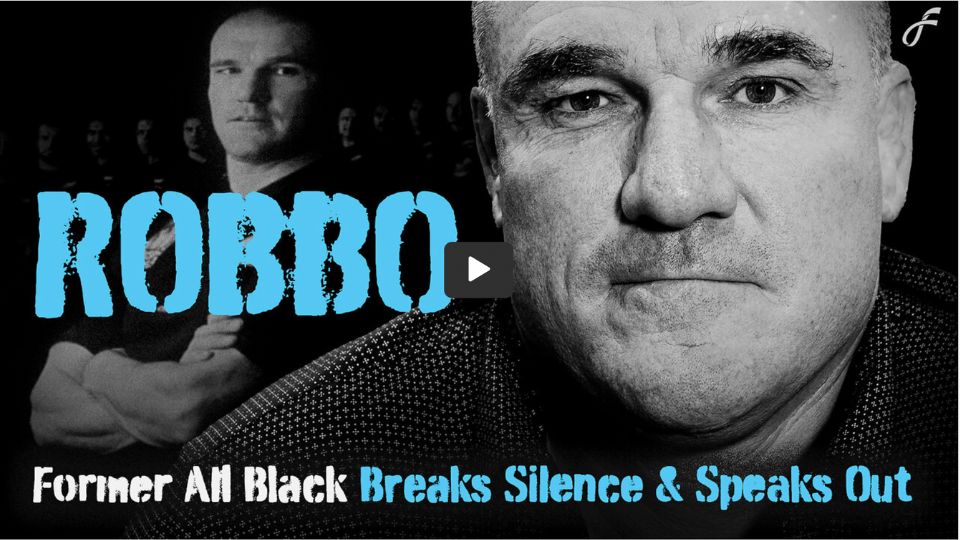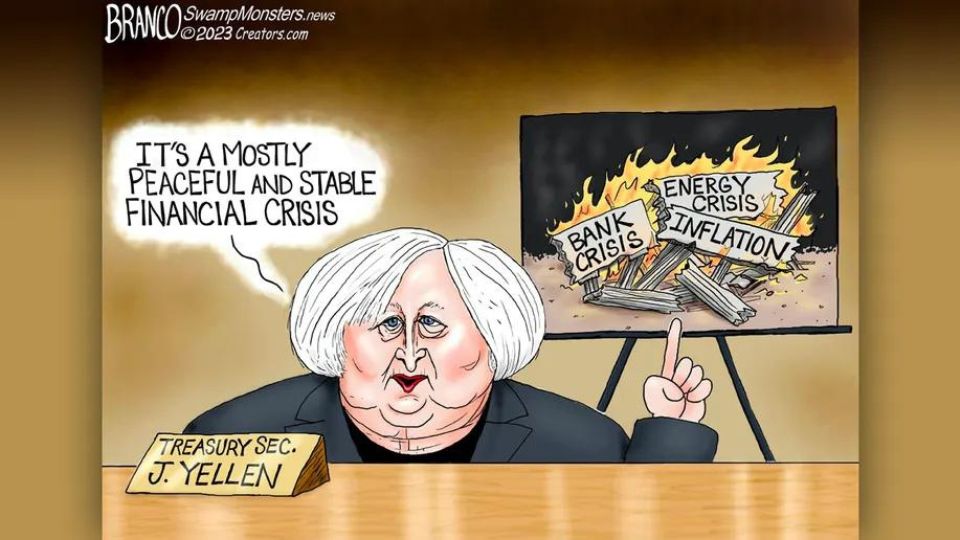Now is the perfect time for Mexico to go full steam ahead with developing their banking models into public utilities that will invest in the productive economy as well. It sounds like they have achieved major progress on social spending, some of which would have been money advanced for consumption that could have been potentially inflationary, but it turned out not to be the case anyway – great news.
Reading between the lines it sounds very much like either AMLO or someone very close to him is a student of Richard Werner. Under this playbook, the old Keynesian supply-side monetary policy is turfed out and demand-side policies are used which kick-start an ailing economy without feeding inflation.
Werner was the first person in history to empirically prove that the vast majority of money creation is by the banks conjuring up loans out of thin air – indeed in most Western countries 97% of liquidity in circulation is created in this way and only 3% by the central banks.
This alone makes it obvious that the banks will have far more sway over inflation than the central bank will ever have. If the private banks are properly monitored it is a simple thing to make sure that loans are advanced into the real economy rather than into feeding asset bubbles and for unproductive consumption.
Werner was also the first economist to empirically demonstrate that the centuries-old assumption by ALL classes of economists that there is an inverse relationship between interest rates and growth is flat-out wrong. The huge irony is that this now-proven falsehood was the ONLY thing that they all universally agreed on!
The evidence is overwhelming that there is a positive correlation between the two and that financialization of economies smashes productivity and leads to lower rates. Boosting the real economy is actually the key to allowing realistic rates to be sustainable.
The findings were stark and it is all about the timing –
HIGHER GROWTH IN THE REAL ECONOMY LEADS TO HIGHER INTEREST RATES
LOWER GROWTH IN THE REAL ECONOMY LEADS TO LOWER INTEREST RATES
Central banks always prattle on about having to do this and that with interest rates, but it is simply look over here diversionary bollocks. It is also an alibi – I only wish they can claim that they are trying to help the economy – in reality, what they are doing is patently destructive and kills healthy growth.
And what creates growth – of course it’s not interest rates, because interest rates follow growth, not the other way around. The key factor is of course credit creation by banks – IT’S THAT SIMPLE!
Werner is also the man that first coined the term Quantitative Easing QE when he was advising the Japanese Govt in the 1990s. He points out that in recovering an ailing economy, and if QE is handled correctly at central bank level, then it need not be inflationary at all. The key elements are:
- Particularly for the responsible smaller banks, that haven’t been caught up in the casino asset bubble-blowing nonsense which is destructive to the real economy, then the CBs transfer non-performing assets from the banks balance sheets onto their own. This is not inflationary since no extra money has been created – instead, it is simply a book entry that tidies up a responsible bank’s balance sheet and allows them to get on with the vital task of providing liquidity to the productive economy.
Arguably the CB has a moral duty to do this anyway, as they need to wear some of the blame – they should have been vigilant in restricting banks from creating credit for existing asset purchasing that led to all the debilitating bubble blowing in the first place. Post 2008 Ben Bernanke was the only major CB Gov in the Western world that actually used this technique… although predictably it was used as a way to bail out the big banks*, which were the very ones that had caused the carnage in the first instance.
*(remember that Citibank and JPM own ~72% of the shares in the NY Fed so naturally they had their snouts firmly ensconced in the feeding trough)
Anyway, regardless of how this was done this was a major factor in why the US “recovered” (a relative term) more quickly than the countries that didn’t deploy this system. - Tidying up the balance sheets of healthy smaller banks allows them to get on with the important task of providing liquidity for the real economy.
- The central bank can also create liquidity by purchasing performing assets from non-banks.
- The other key element to constructive QE is to kickstart bank credit creation by stopping issuing Government Bonds. The Government then funds any deficit spending by borrowing from the banks through non-tradeable loan instruments, therefore encouraging bank credit creation in another way again. The bond market remains robust simply because of supply and demand. This means the big bond buyers like pension funds etc can buy bonds from banks instead, which in turn is creating liquidity for GDP growth.
TAKEAWAY = EFFECTIVE QE = STOP ISSUING GOVT BONDS + BORROW FROM THE BANKS INSTEAD
This also highlights fundamental differences between the crises of 2008 and 2020. In 2008 bank credit was collapsing and for this reason, the band-aids coming out of that era weren’t as inflationary as people expected them to be.
2020 is an entirely different kettle of fish, as credit was growing by 4-6%. The Fed created credit and also forced banks to create credit – hence the inflation genie escaped from the bottle and hasn’t been able to be recaptured ever since… (Hint – interest rate hikes ain’t gonna work until they get to horrendous levels that would decimate the economy anyway – on the contrary, they will feed into inflation.)
MY CONCLUSION
It appears that there is a concerted effort in the Western world to first kill small banks and then to move in for the coup de grace of killing off TBTF commercial banks as well. This is the best explanation for the apparent drunken sailor-like behaviour with especially the Fed, the ECB and the BOE. The cunning plan appears to be that commercial banks will be sacrificed at the kleptocrats alter because they are all insolvent anyway. The aim is to move all banking into a retail CBDC system – a global techno-gulag if you like, that they hope would then mean the total entrapment of all sections of society.
Arguably, cryptos might appear to be part of the long-term planning strategy of the financial kleptocrats also. Were they even used as stage one in a lengthy process of conditioning society into become familiar with and trusting of the technology? This is a long shot though, that humanity would ever be conned into accepting them as retail CBDCs when they clearly could be used in blatant central planning entrapment and complete control of the masses.
Cheers




